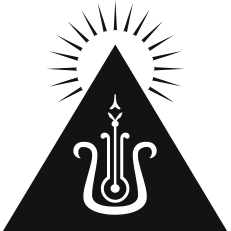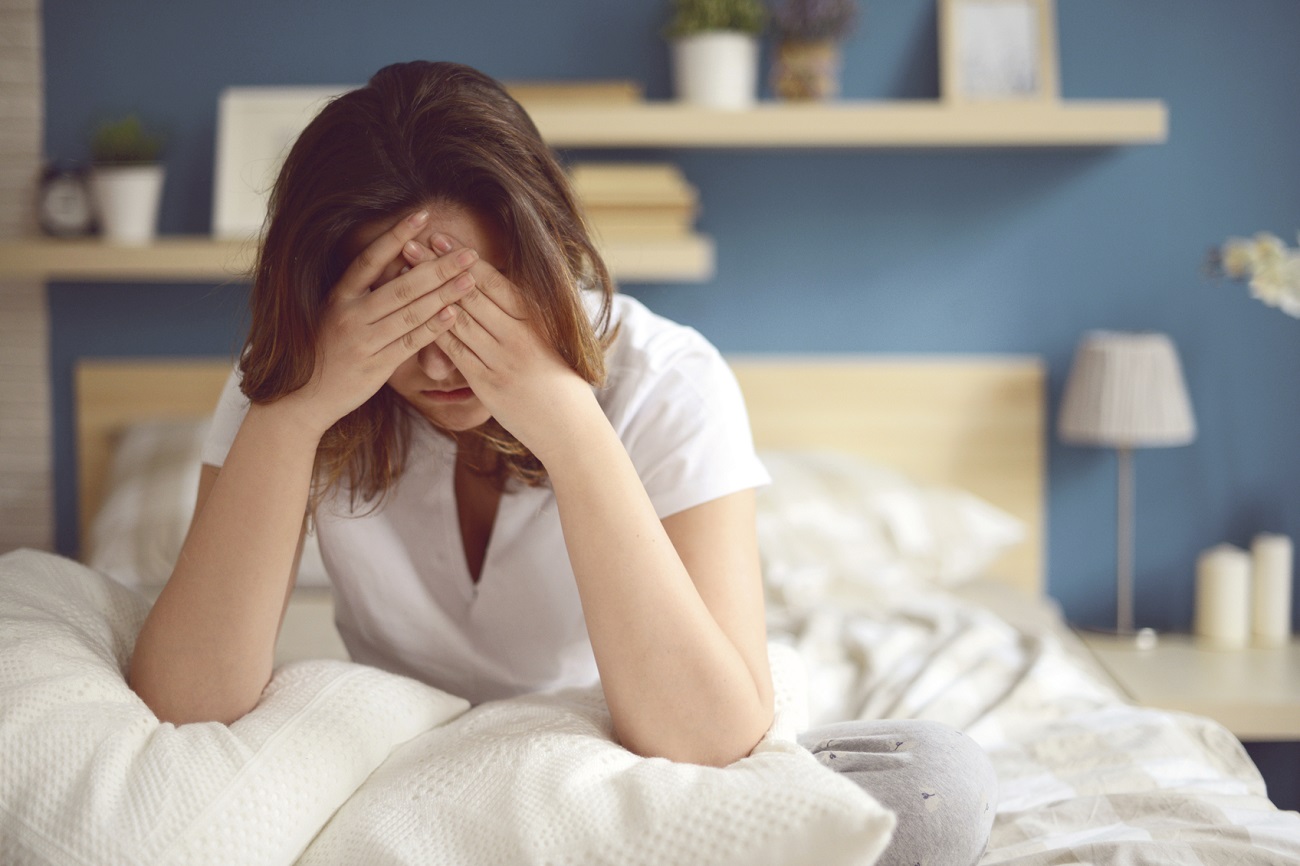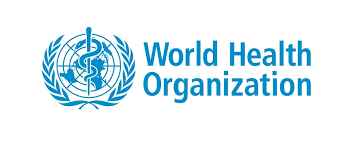Do you suffer from migraine headaches?
Do you know someone who struggles with them?
Your answer to one of these questions is probably yes because migraine headaches are one of the most common illnesses in the world.
It is estimated that half of the global adult population experienced asymptomatic headache disorder at least once within the last year. – World Health Organization
Nearly 12% of the US population, about 39 million children, women, and men suffer from migraine headaches in America. Moreover, there are 1 billion people globally who struggle with migraine headaches. 18% of American women, 6% of men, and 10% of children experience migraine headaches. Migraine headaches are most common between the ages of 18 and 44. About 90% of migraine sufferers have a family history of migraine.
Every 10 seconds, someone in the U.S. goes to the emergency room with a head pain complaint. Approximately 1.2 million visits are for acute migraine headache attacks.
Migraine tends to run in families. While most people experience headache attacks once or twice a month, more than 4 million people have chronic daily migraine headaches at least 15 days a month. More than 90% of people who struggle with chronic headaches are unable to work or function normally during their migraines.
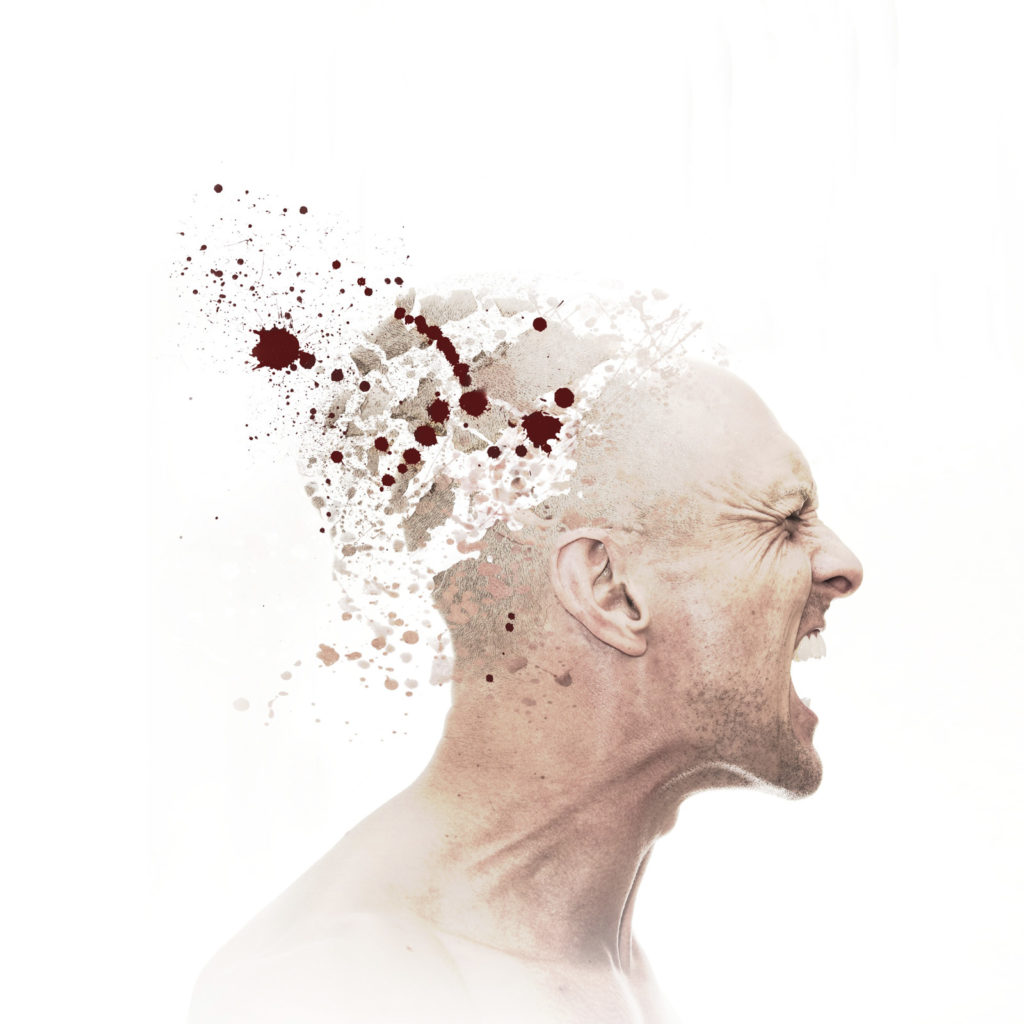
Overview
When you are experiencing pain or pressure in your head, it can be difficult to tell whether you are having a typical headache or a migraine.
Differentiating a migraine headache from a just a headache is essential. Proper diagnosis can help with faster relief through better treatments. So, if you are having an ongoing episode of migraine headache, please see a specialist. Proper diagnosis can also help you to prevent future headaches.
So, how can you tell the difference between a common regular headache and a migraine? Understanding the different types of migraines and headaches will help to know the nature of your pain and seek appropriate help.
What is a headache?
Headaches usually occur on both sides of the head, causing unpleasant sensations, pressure, and pain. The pain from headaches can range from mild to severe. Headaches also can occur around the forehead, temples, and back of the neck. A headache can last anywhere from 30 minutes to a week. According to the Mayo Clinic, the most common headache type is a tension headache.
Tension headaches
A tension headache is the most common type of headache, and yet its causes are not fully understood. Stress, anxiety, muscle strain, and muscle tension usually trigger tension headaches. A tension headache generally has a mild to moderate pain level. Tension headaches are often described as feeling like a tight band is wrapped around your head. It feels as your head is being squeezed in a vise.
Available treatments for tension headaches can help you manage your tension headaches. Often a balanced mix between healthy habits, finding effective treatments like acupuncture, physical therapy, therapeutic exercises, chiropractic adjustments, and massage therapy can help to relieve your tension headaches, along with proper medication usage.
Sinus headaches
Sinus headaches can often be confused with migraine headaches. Sinus headaches co-occur with sinus infection symptoms like fever, head throbbing, stuffy nose, cough, congestion. You may feel pressure around your eyes, cheeks, and forehead. Many people who assume that they have sinus headache from sinusitis, actually might have a migraine or tension headache.
Massaging the face, around the eyes and sinuses will help to relieve some the pressure, and help you feel better. Your doctor will suggest treatment for the pain and the underlying causes of your sinus headache.
Cluster headaches
Cluster headaches are a severely painful type of headache. Cluster headaches occur on one side of the head and arise in cyclical patterns, cluster periods. This means you experience cycles of headache attacks, followed by headache-free periods. A cluster headache can commonly awaken you in the middle of the night with intense pain in or around one eye, on one side of the head.
Spells of many cluster headache attacks, known as cluster periods, can last from weeks to months. Cluster periods are usually followed by remission periods when the headaches stop. During remission, no headaches occur for months. Fortunately, cluster headaches are rare and not life-threatening. Treatments can make cluster headache attacks shorter and less severe.
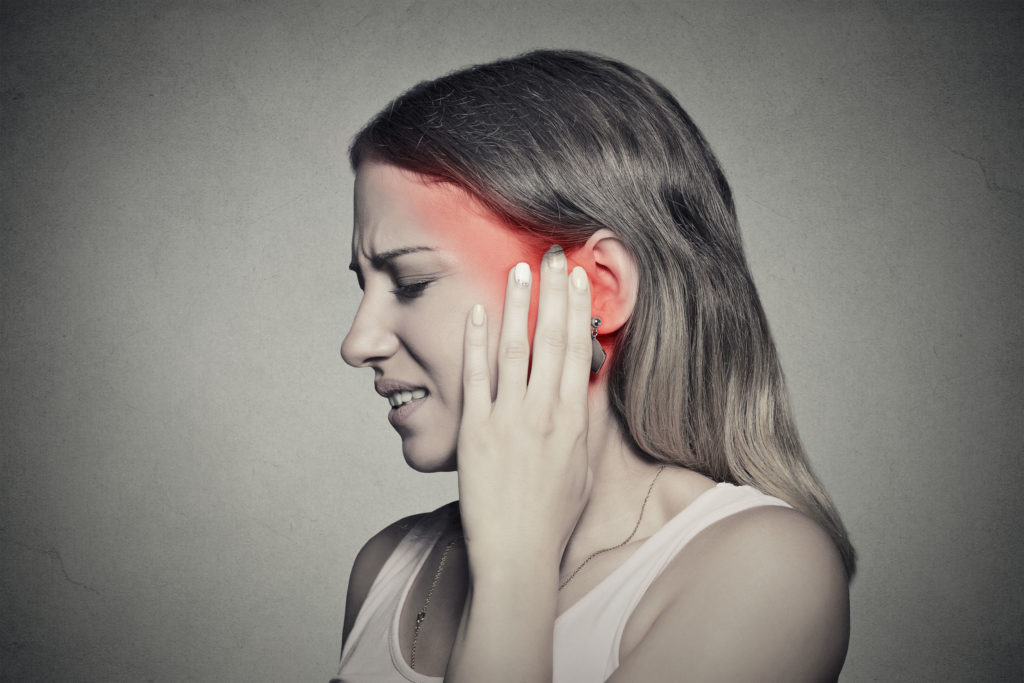
Ice Pick Headaches
Ice pick headaches feel like you are getting stabbed in the head with an ice pick. Usually, ice pick headaches are experienced around the front or sides of the head with brief stabs of pain. They often come on suddenly, delivering an intense, sharp pain. Ice pick headaches are usually short, only lasting five to thirty seconds, but incredibly painful.
Ice pick headaches occur on the orbit, temple, and parietal area of your head. That is where your trigeminal nerve is. The trigeminal nerve is in your face and is responsible for biting and chewing, as well as face sensation. The nerve is on the side of your head just past your eye and above your ear. If you get sharp pains in this area, chances are you are getting ice pick headaches.
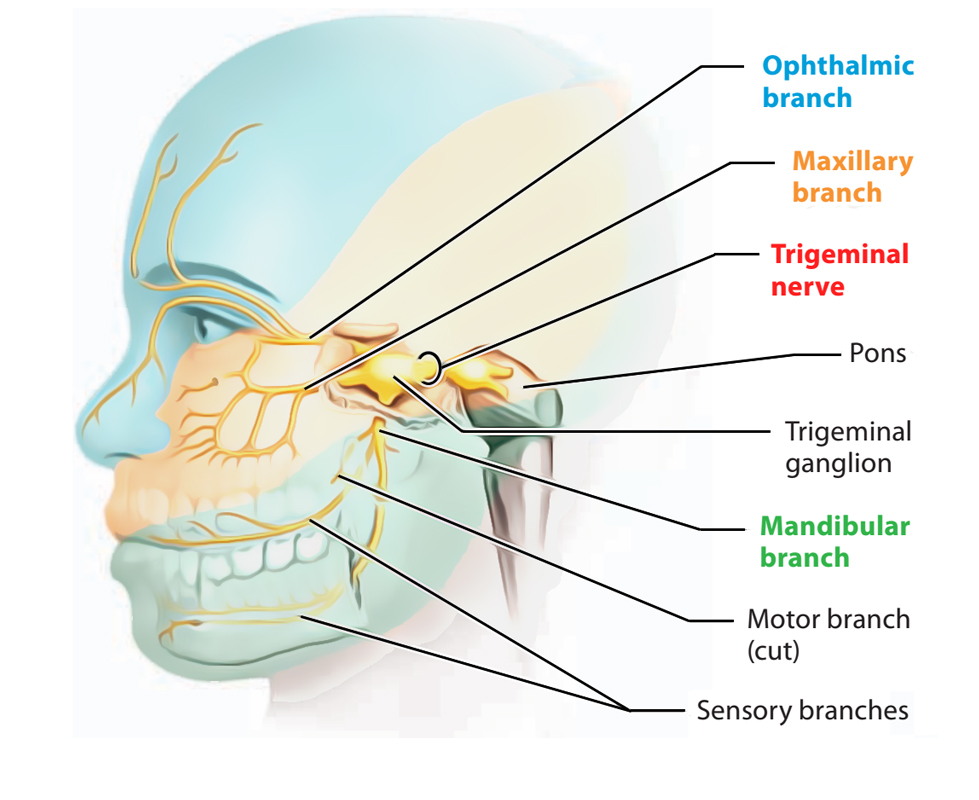
Cervicogenic Headache
When the pain in your neck causes you to have a headache, you probably have a cervicogenic headache. Cervicogenic headaches are secondary headaches. Secondary headaches are those caused by an underlying condition, such as neck injuries, infections, or severe high blood pressure. The pain usually comes from the neck or a lesion on the spine. This is often confused with pain in the back of your head. It is typical for this type of headache to require manual, physical, and clinical massage therapy in addition to medication or other treatments.
Understanding the different types of migraines
When people hear the term ‘migraine,’ they often think of a severe headache. What they do not know is that migraine is a neurological disease and that there are several different types of migraines.

Symptoms Associated With Migraine Headaches Include:
- Nausea
- Vomiting
- Pain in the temples
- Temporary vision loss
- Having trouble thinking
- Feeling less mentally alert
- Pain behind one eye or ear
- Seeing spots or flashing lights
- Sensitivity to light and sound
- Feeling tingling or numbness in the face or hands
- Having an unusual sense of smell, taste, or touch
Some migraine sufferers may experience symptoms a day or two before the actual migraine occurs, known as the “prodrome” phase; these subtler signs can include:
- Constipation
- Depression
- Frequent yawning
- Irritability
- Neck stiffness
- Unusual food cravings
Migraine triggers
People who experience migraine report various factors that are associated with them. These are called migraine triggers and may include:
- Stress
- Emotional anxiety
- Contraceptives
- Alcohol
- Hormonal changes
- Menopause
- Poor sleeping habits
- Certain foods and drinks
- Overstimulation
- Certain medications
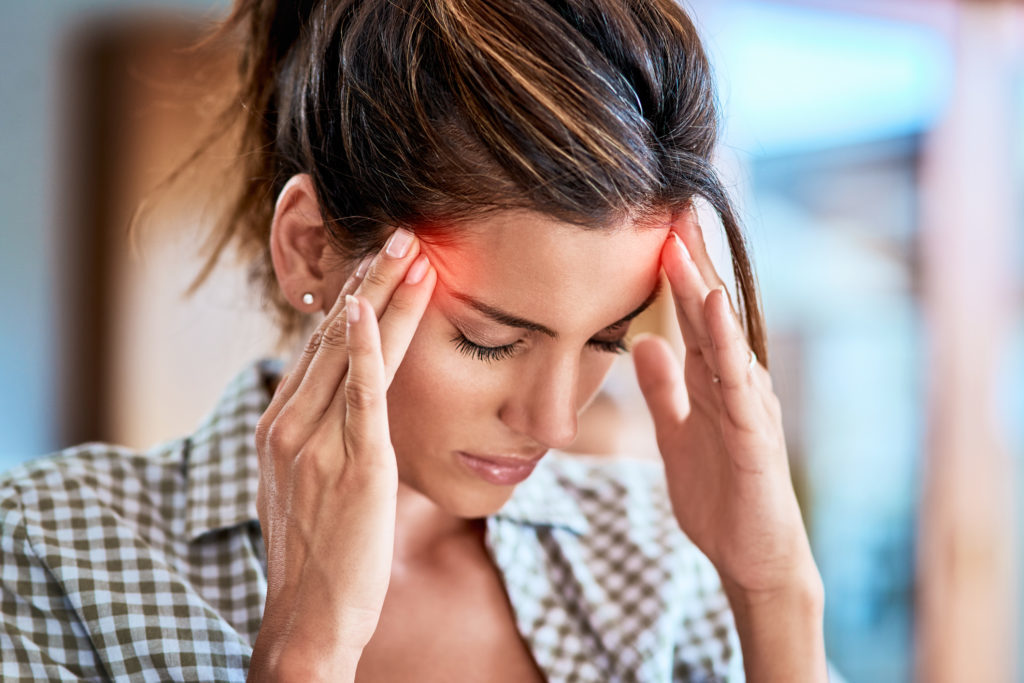
Migraine headaches are typically divided into two categories: migraine with aura and migraine without aura. An “aura” refers to sensations a person experiences before they get a migraine.
Migraine with Aura (Complicated Migraine)
About a quarter of people who experience migraines also experience aura. Aura associated with migraines is a series of sensory and visual changes. These changes can range from seeing black dots and zig-zags to tingling, numbness on one side of the body. Sometimes, even an inability to speak clearly. Aura sets in shortly before or during a migraine and can last anywhere from 10 to 30 minutes. Aura is the second of migraine’s four stages, and anyone who experiences it will confirm it is an unmistakable warning sign that the severe head pain is on its way.
Migraine without Aura (Common Migraine)
Diagnosing migraine without aura can be difficult because the symptoms are similar to several other types of migraine. Pulsing or throbbing pain on one side of the head, photophobia, pain that is made worse by physical activity, and nausea and vomiting are all classic symptoms of a migraine without aura. The key differentiator is that common migraine lacks the warning phases that other types of migraine have.
Migraine without head pain
Also called a Silent or Acephalgic Migraine, this type of migraine can be very alarming as you experience the dizzying aura and other visual disturbances, nausea, and other phases of a migraine, but no head pain. It can be triggered by any of a person’s regular triggers, and those who get them likely to experience other types of migraines. The International Headache Society classifies this type as typical aura without headache.
Hemiplegic Migraine
If you have ever had a migraine that felt more like a stroke, it was probably a Hemiplegic Migraine. People who experience this type of migraine develop weakness on one side of the body, often with visual aura symptoms and a “pins and needles” sensation, or loss of sensation, on one side of the body. It can last for as little as a few hours to several days. Similar to typical aura without headache, Hemiplegic Migraine does not always include severe head pain.
Treating migraines

Prevention tips
Prevention is often the best treatment for migraine headaches. Preventive methods your doctor may prescribe could include:
- Making dietary changes, such as eliminating foods and substances known to cause headaches, like alcohol and caffeine.
- Prescription medications, such as antidepressants, blood pressure-lowering medicines, antiepileptic medications, or CGRP antagonists. Whatever your doctor recommends.
- Relaxation and other steps to reduce stress.
Relaxation Techniques
Because most headaches are stress-induced, taking steps to reduce stress can help relieve headaches and migraines related pain and reduce the risk for future headaches. These include:
- Heat, warm compresses
- Yoga, Pranayama
- Somatic Training
- Qigong/Tai Chi
- Massage Therapy
- Acupuncture
- Meditation
- Visualization
- Biofeedback
- Micro-adjustments of the neck
- Soft chiropractic tractions
- Neck stretching and mobilization
- Relaxation exercises
- Autogenic training
- Taking a vacation
My style of clinical massage therapy works very effectively for headraces, migraines, stress, and tension. After massage sessions, people often say, they feel like finally, they can take a breather.
So, please give me a call or email let’s talk about your chronic stress and let’s determine if I can be of any help to you.
Usually, for the first treatment, people come in for a sixty-minute treatment to try and see if my massage style would work for them. And typically, they do feel better right after the first visit. They leave my office with less stress and with a bit, bigger smile. And 80% of the time without a headache. For years patient’s feedback has been that after a clinical session with me, they feel better for a few days after. Based on your condition and my findings from the first visit, I’ll make recommendations for a treatment plan. I will also make suggestions about what else could be done to improve your chronic stress and anxiety build-up. So, please give me a call at 732-766-0897 or email me at hi@zar.ink so we can talk about your chronic stress and hopefully help you feel better.
To learn more about Hayk’s Clinical Massage style and to make your clinical massage appointment in Cranford NJ call/text 732-766-0897 or email hi@zar.ink
Based on your requests and needs, every clinical massage session will be tailored and personalized for your specific needs and the results you desire.
By appointments only.
Finest quality guaranteed!
P.S. Here is an article excerpt from the World Health Organization website on headaches with the global community in mind. I thought you might find interesting.
Key facts about headaches and migraines
- Headache disorders are among the most common disorders of the nervous system.
- It has been estimated that almost half of the adult population have had a headache at least once within the last year.
- Headache disorders, which are characterized by recurrent headache, are associated with personal and societal burdens of pain, disability, damaged quality of life, and financial cost.
- Worldwide, a minority of people with headache disorders are diagnosed appropriately by a health-care provider.
- Headache has been underestimated, under-recognized, and under-treated throughout the world.
What is the burden due to headache disorders?
Not only is headache painful, but it is also disabling. In the Global Burden of Disease Study, updated in 2013, migraine on its own was found to be the sixth highest cause worldwide of years lost due to disability (YLD). Headache disorders collectively were the third highest.
Headache disorders impose a recognizable burden on sufferers, including sometimes substantial personal suffering, impaired quality of life, and financial cost. Repeated headache attacks, and often the constant fear of the next one, damage family life, social life, and employment. The long-term effort of coping with a chronic headache disorder may also predispose the individual to other illnesses. For example, anxiety and depression are significantly more common in people with migraine than in healthy individuals.
Excerpt from an article from the World Health Organization website.
Read the fool article here: https://www.who.int/news-room/fact-sheets/detail/headache-disorders
